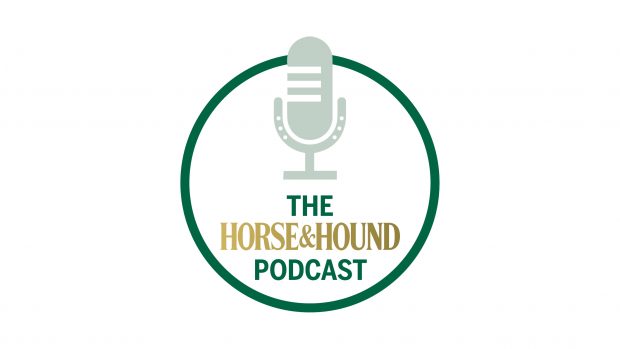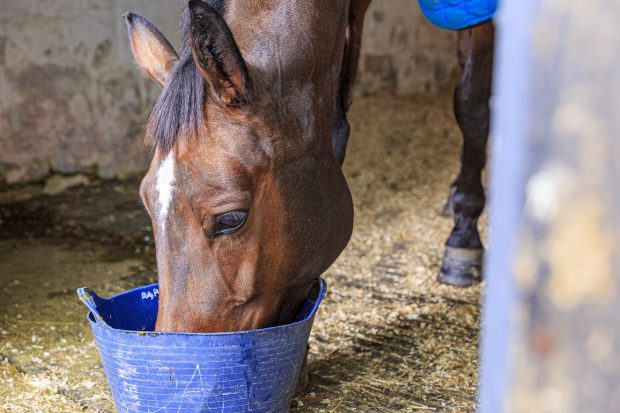Q. I have a horse that struggles to stay in good condition. I have had his teeth checked and he has a regular worming programme. He is slightly nervy and always has an abundance of energy. What can I feed him to keep his condition this winter while not overheating him?
Lizzie Drury, head equine nutritionist for Saracen Horse Feeds answers: The temperament of a horse is his individual character or personality, and is there at birth, so unfortunately for you, it cannot be changed.
The type of feed you give a horse can exaggerate the natural temperament – making it more excitable, for example – or it can help to make managing an excitable temperament easier.
Excitable horses tend to be more difficult to keep in good condition, as they spend more time worrying about what is going on than they do eating, and burn valuable calories by moving around more quickly and being anxious.
Ad-lib forage
You should ensure that your horse has access to ‘ad-lib’ forage, particularly through the winter. Good-quality hay or haylage will provide a good proportion of the energy bill required for maintenance of condition, and the more reliance you can have on forage, the less concentrated feed you will need to give your horse.
Forage should form the mainstay of any horse’s diet and helps to maintain a healthy digestive tract. Because fibre is fermented in the horse’s hindgut by the microbial population, a lot of heat is also generated, so forage in the winter also acts as the horse’s own internal central heating system.
To help manage an excitable temperament you need to choose feeds that provide energy from the digestion of fibre and oil. The way in which these are broken down in the horse’s digestive tract means that the energy locked within the feeds is released very slowly, hence the term slow-release energy.
Feeds that provide slow-release energy include all forages – for example, hay, sugar beet and soya hulls. Slow-release energy is excellent for gradually building up condition.
Conversely, if your horse had a naturally laid-back temperament and you wished to liven him up, you could consider using feeds that provide fast-release energy – for example, cereals such as oats.
The size of your horse will affect how much feed you need to give him to put on weight. As a rule of thumb, to increase condition you need to be feeding 2 per cent of your horse’s body weight in total feed per day. So, for example, if your horse weighs 500 kg, he will eat 12.5 kg of food per day. This quantity is then split between hard feed and forage.
Conditioning feed
To improve condition you should be feeding 2 to 3 kg of a conditioning feed per day. This can be mixed in with some alfalfa and unmolassed sugar beet if required. These are additional sources of digestible fibre so should still help to maintain a steady temperament.
It would also be a good idea to add a prebiotic to your horse’s feed. Prebiotics act as food source for the ‘beneficial’ bacteria that live in the horse’s digestive tract. If the beneficial bacteria in your horse’s system are healthy and flourishing, then he can digest and utilize his feed more efficiently, improving his condition.
|





